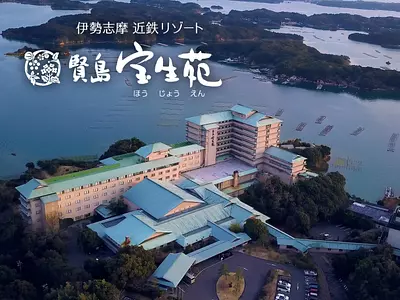Cherry blossoms and Zao Gongen, a mini Yoshino in Mie Prefecture? Mt. Mitake Shinpukuin
掲載日:2021.04.30
Nara Yoshino is famous for its cherry blossoms and Zao Gongen, but did you know that Mie is also famous for these two?
That is TsuCity cho, Tsu City! Mitake is famous for its cherry blossoms, so many people may know about it, but Zao Gongen is also enshrined at a nearby temple called Mt. Ontake Shinpuku-in!
We will introduce you to the cherry blossoms, Zao Gongen, the Sanskrit temple, and Mt. Ontake Shinpuku-in, as well as the surrounding scenic spots and how to take photos, so be sure to watch till the end!
◆Article creation: MAMMY
A monk and a photographer, a monk photographer wearing two sandals
Lives in SuzukaCity Camera experience: 13 years dedicated to Nikon
I'm currently applying for permission from my wife to purchase new peripheral equipment! (lol)
This time, I decided to go for fresh greenery instead of cherry blossom season! That doesn't mean you can't go when it's in full bloom. (Laughs) Of course, there are also pictures of cherry blossoms!
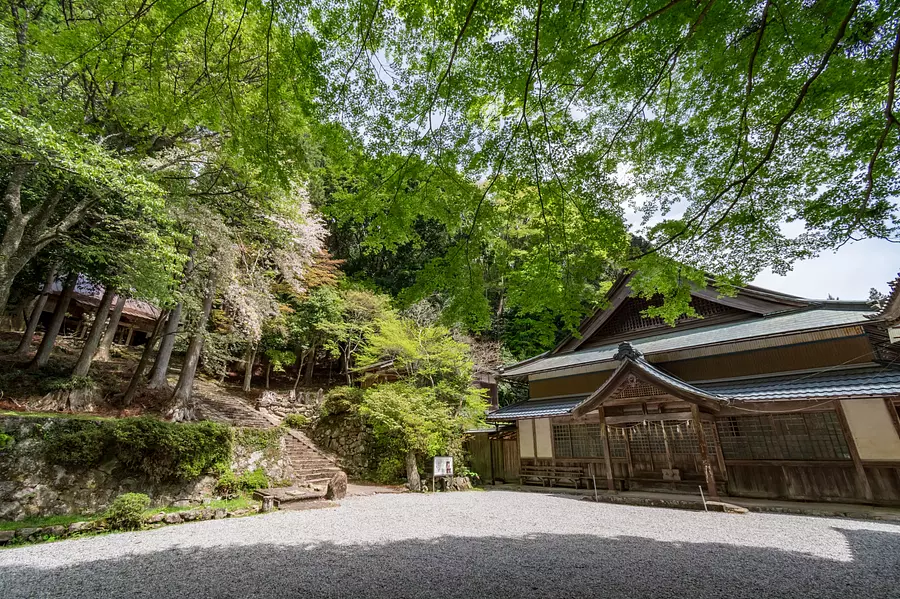
First, I would like to introduce Nara Yoshino and Misugi-machi Mitaki, which are famous for their cherry blossoms and Zao Gongen, from a monk's perspective.
Kinpusen Temple in Nara Yoshino is the head temple of the Kinpusen Shugen sect. Mt. Ontake Shinpukuin is a temple of the Daigo sect of the Shingon sect in Mitaki, Misugi Town.
Both enshrine Zao Gongen, the principal image of Shugendo, Japan's unique form of mountain Buddhism.
Both temples were founded in the latter half of the 7th century during the Hakuho period by En no Ozunu, also known as En no Gyoja. There are many cherry blossoms in the temple precincts, surrounding areas, and areas.
The Kaiki, the principal image, the scenery around the temple, etc. are similar. Even more! I was surprised by a lot of things I did this time.
Does Ontakesan Shinpukuin have another name? Formal name? had. That's the name of Mt. Mitsutake Kinpusanji Shinpuku-in!
Although the kanji for ``Mine'' and ``mine'' are different, I never expected that even the name of the temple is the same, ``Kinpusenji.''
It has survived the felling of cherry blossoms, misfires, and military fires, but although the scale is different, it is truly a mini-Yoshino of Mie Prefecture! ?
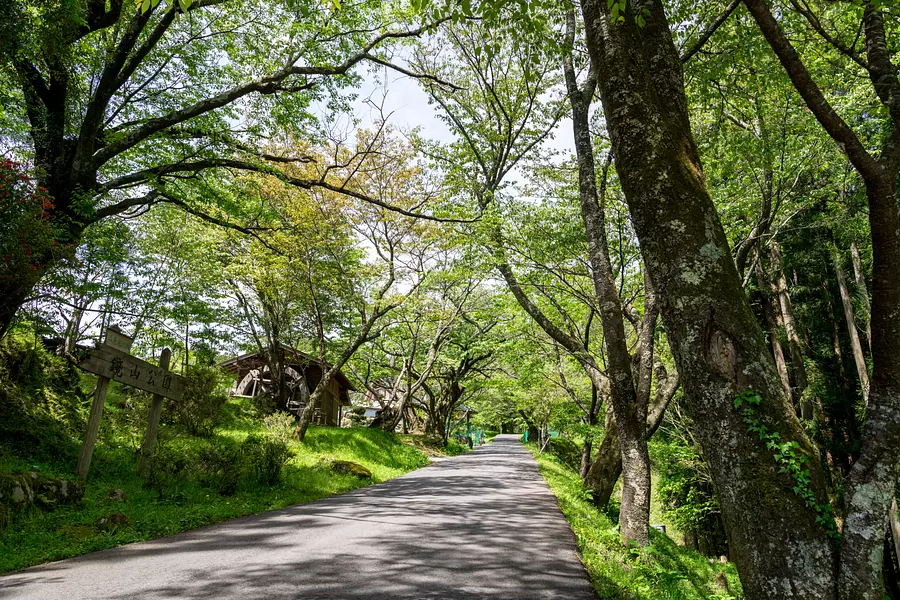
First of all, there are approximately 2,000 cherry blossom trees said to have been planted by Lord Kitabatake Kenyoshi along the 1,500m approach to Shinpuku-in Temple, which is said to be one of the most scenic cherry blossoms in Santaki. Currently, many of the trees are old, but they have been replanted and the landscape is maintained. There is also a watermill nearby, which boasts a spectacular view.
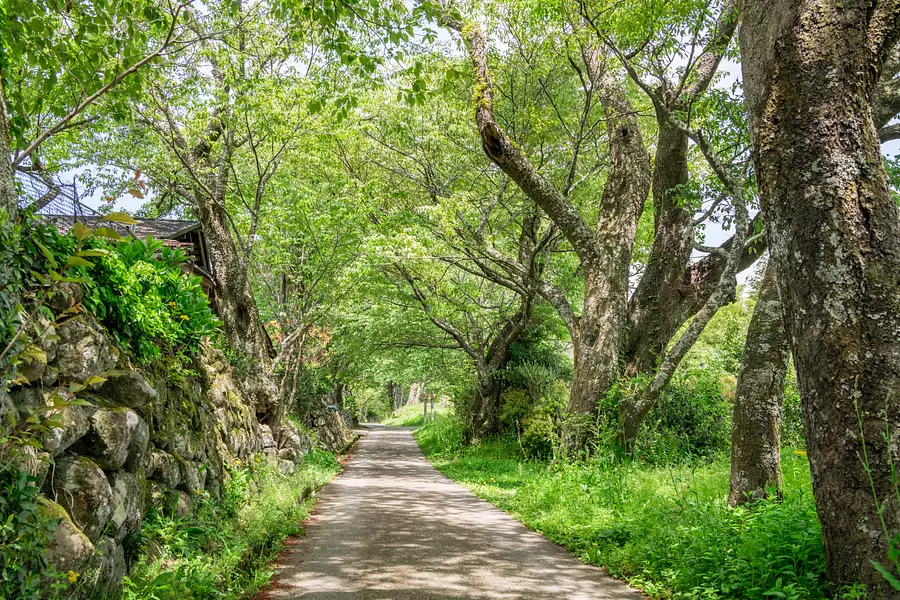
Row of cherry blossom trees near Night Cherry Blossom Square. It's a green tunnel that looks just like a picture.
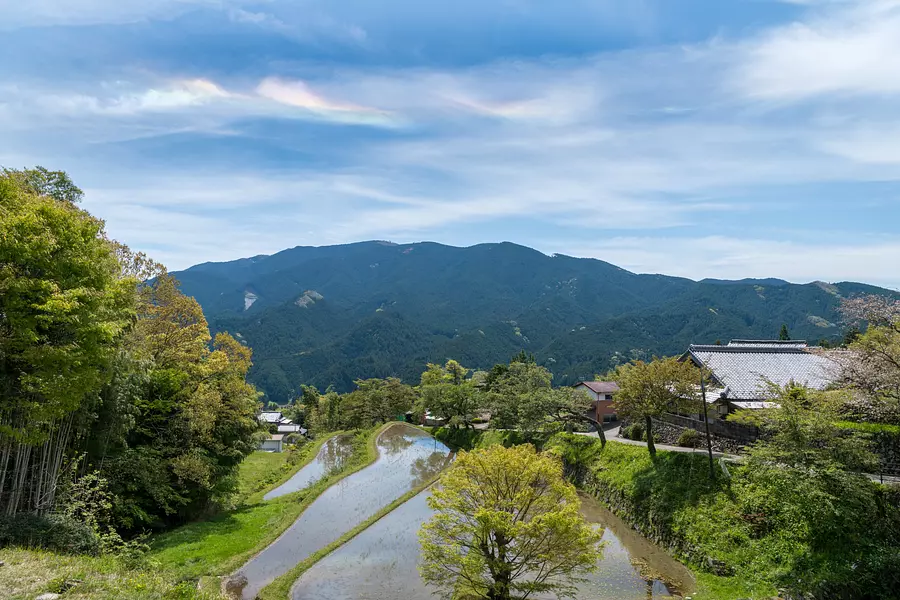
The cherry blossoms in the rice terraces just below Shinpukuin are a famous scenic spot.
On this day, I was lucky enough to be greeted by Saiun.
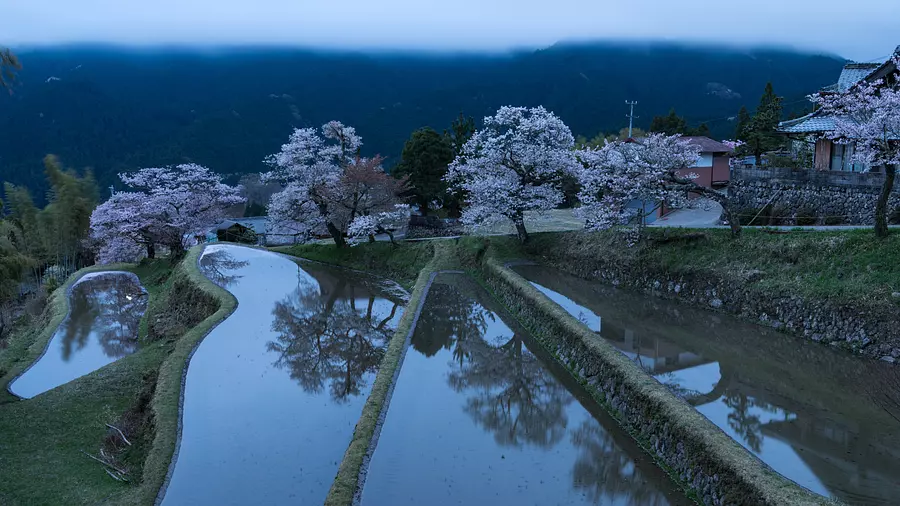
This photo was taken at dawn.
The rice terraces here are not currently producing rice, but they are kindly providing water. No matter where you go, you should be careful about greetings and photo etiquette in order to respond to this kind of kindness.
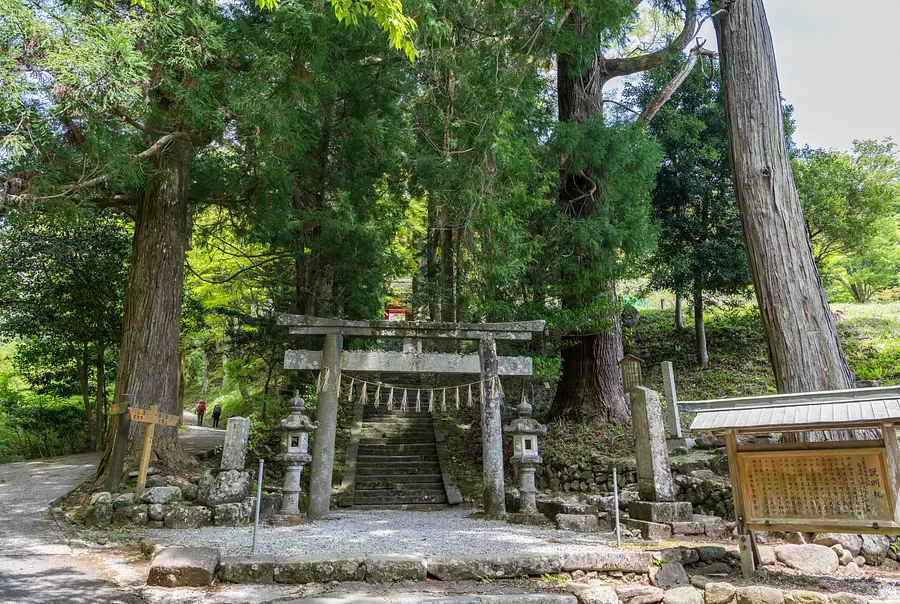
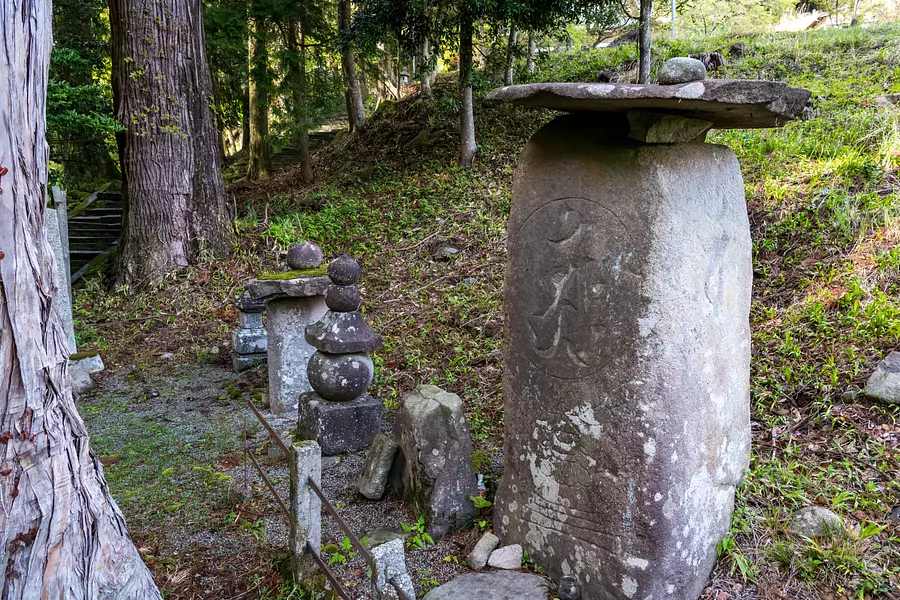
The largest stone monument in the foreground also has Sanskrit characters engraved on it.
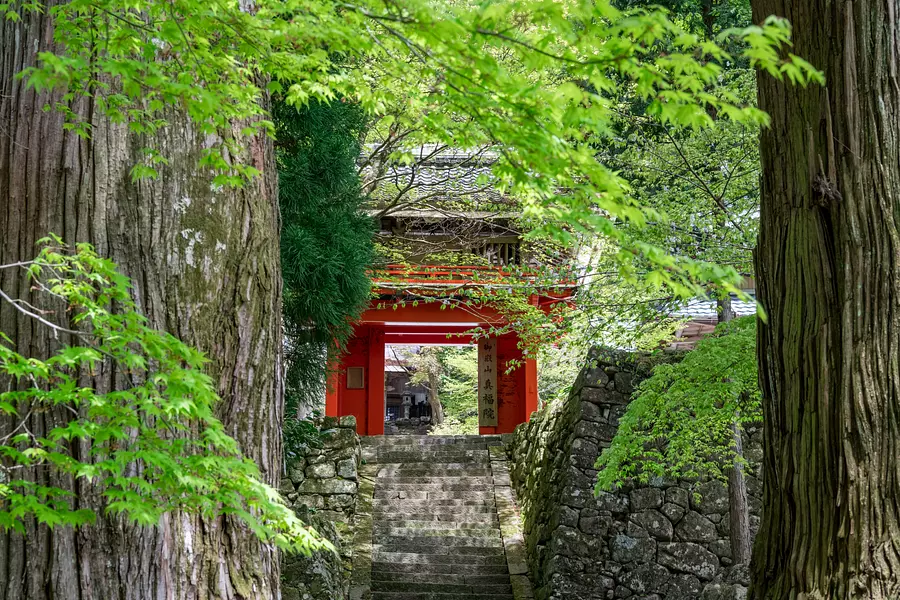
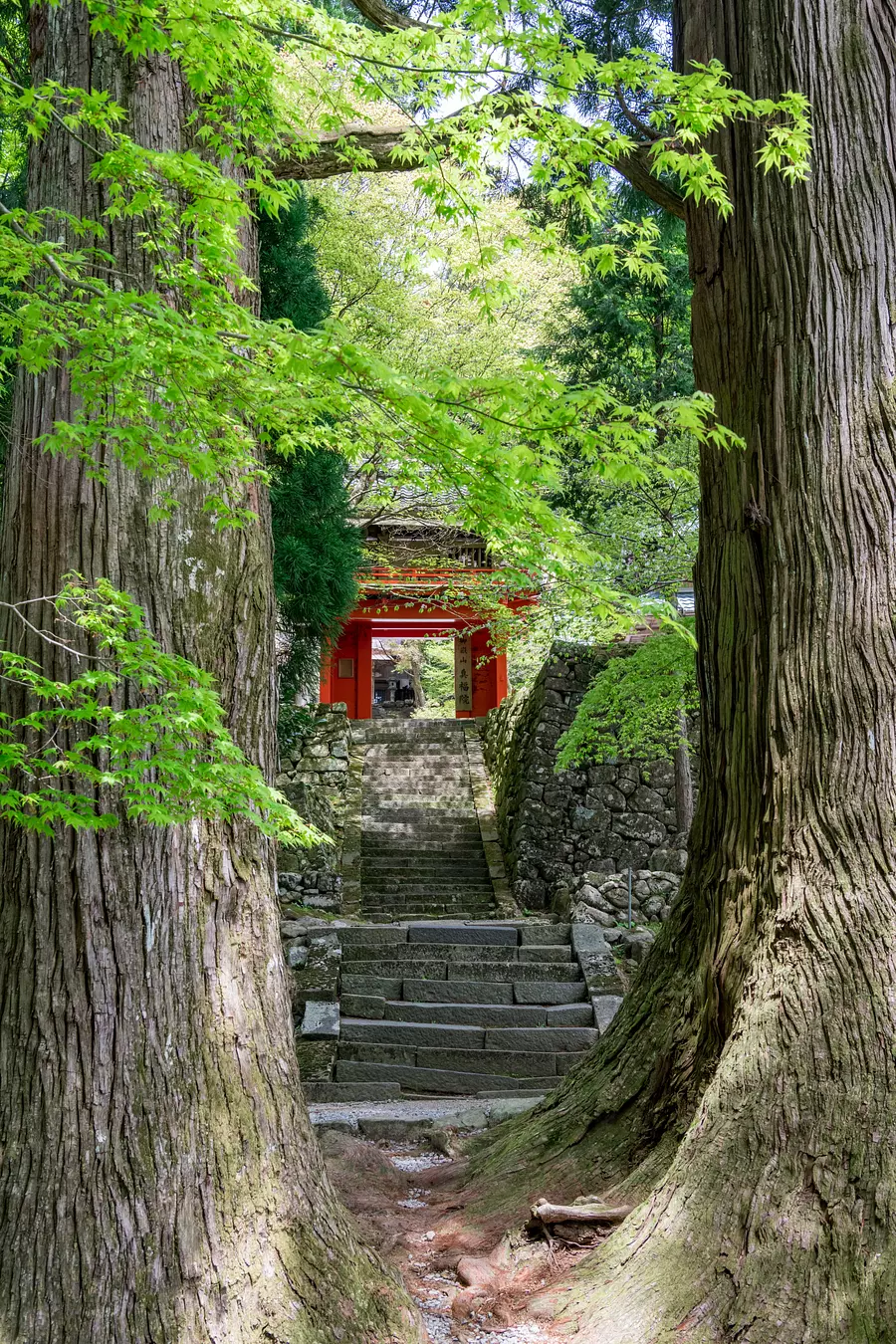
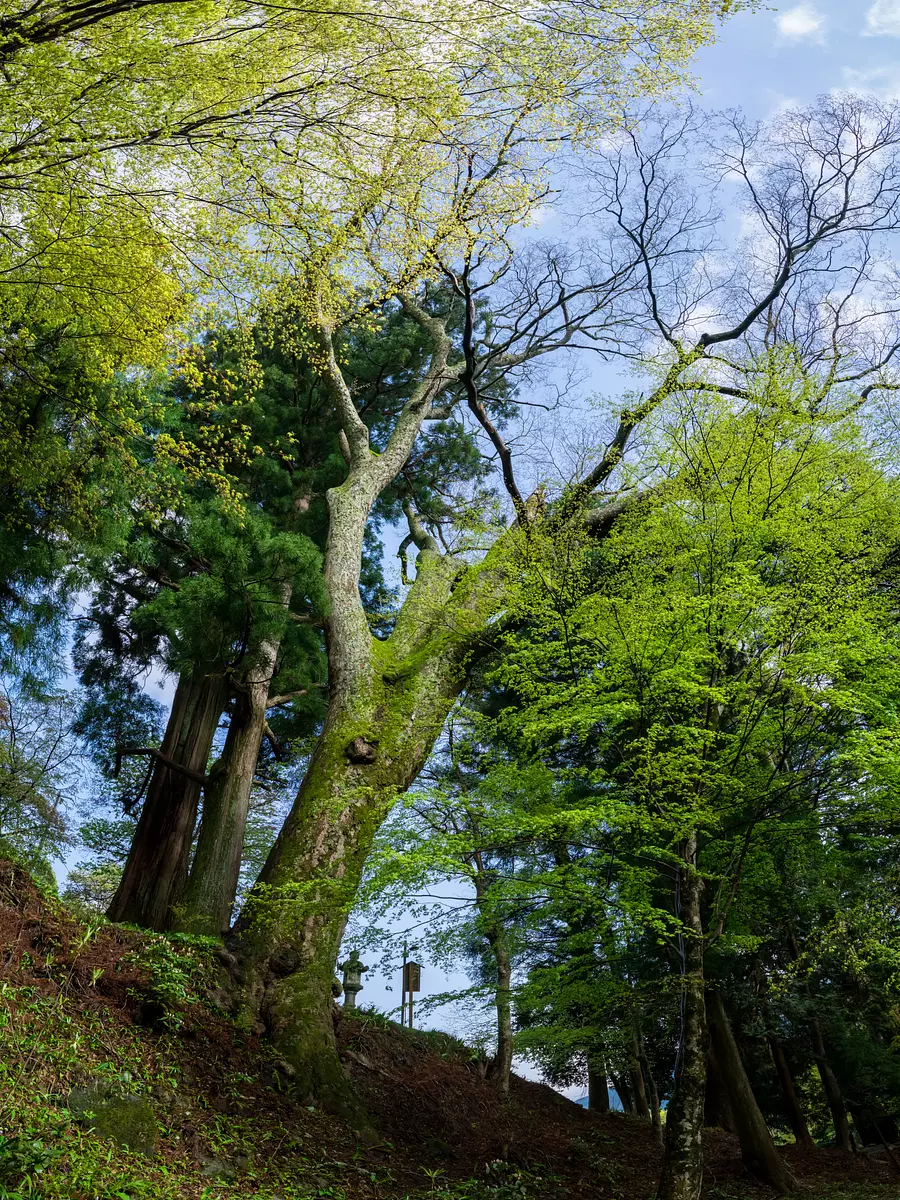
Next to the two large cedar trees, there is an even larger Zelkova tree that is said to be over 1,000 years old and is designated as a natural monument by the prefecture.
Since the focal length of 24mm didn't fit well, I tried combining three images into a panorama.
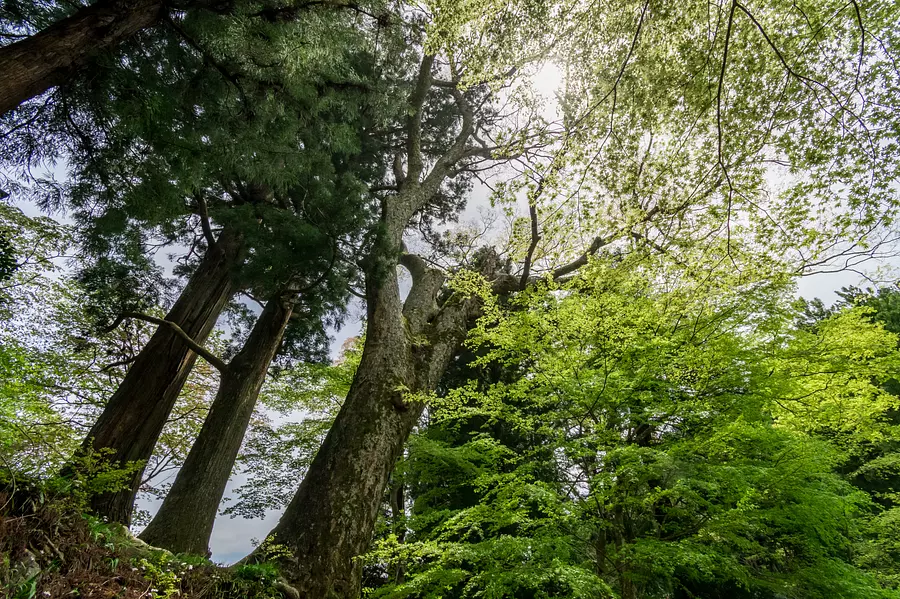
Please come and see it from below! (lol)
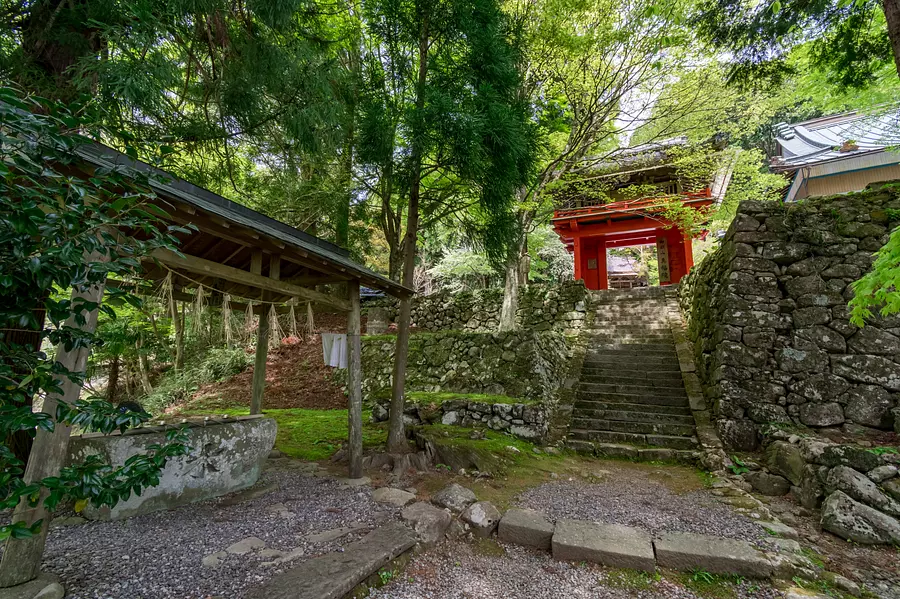
Here, there is a chozuya in front of the Sanmon gate. Here are the etiquette for worshiping. As I wrote in the previous article, the basic manners are the same whether you go to a shrine or a temple. First of all, just like last time, let's purify ourselves at the chozuya before going under the Sanmon gate.
Click here for the previous article!
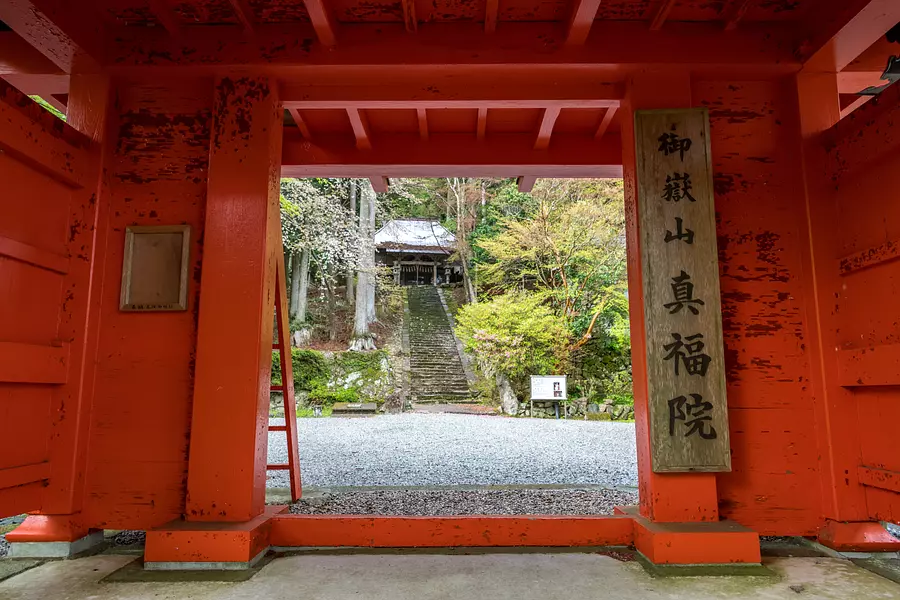
Just like the torii gate of a shrine, you should first bow before entering the gate. At a temple, it may be better to bow with your palms clasped in front of your chest.
And the gate here has a threshold. When entering a gate with a threshold like this, you should step over it without stepping on the threshold. This is more Japanese etiquette than worship etiquette.
A threshold has the meaning of a boundary between inside and outside, a demarcation line, a barrier, etc. It means not stepping into that unstable space. Another thing to keep in mind is that, as with any home, the sill cannot be easily replaced like floorboards even if it wears out or is poorly constructed. That part can be delicate.
It has the meaning of being careful not to step on it as a manifestation of the spirit of valuing things. The same goes for not only the threshold but also the edge of the tatami mat, so I think it would be a good idea to be careful.
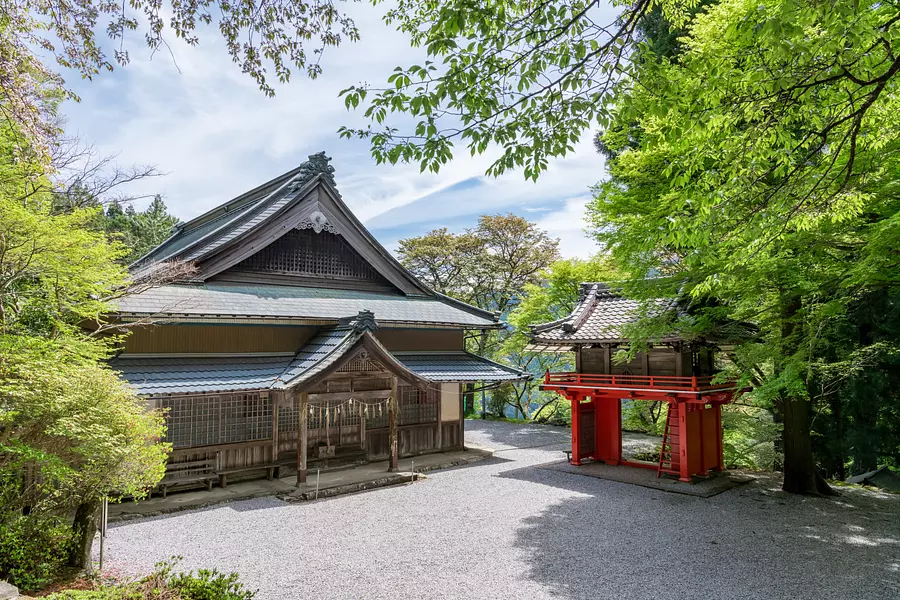
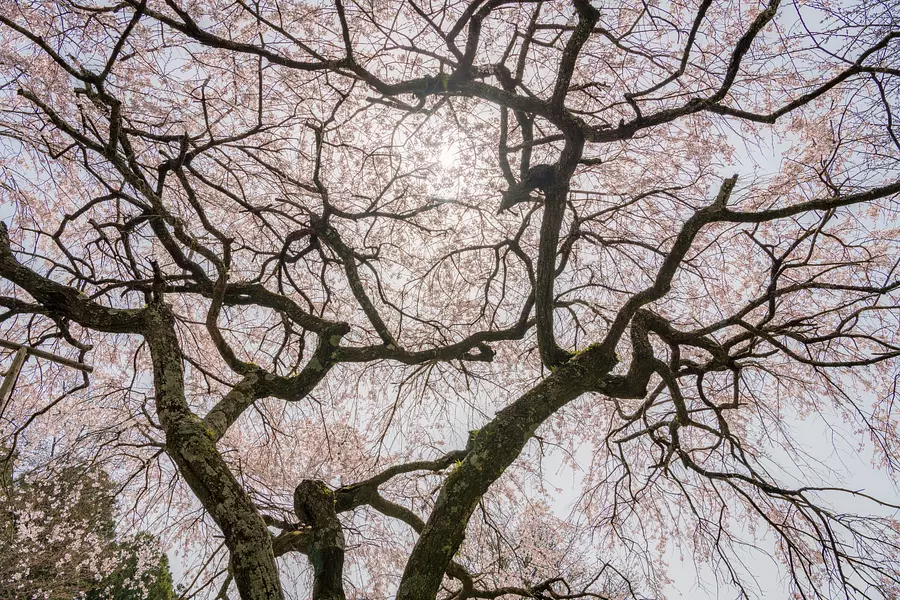
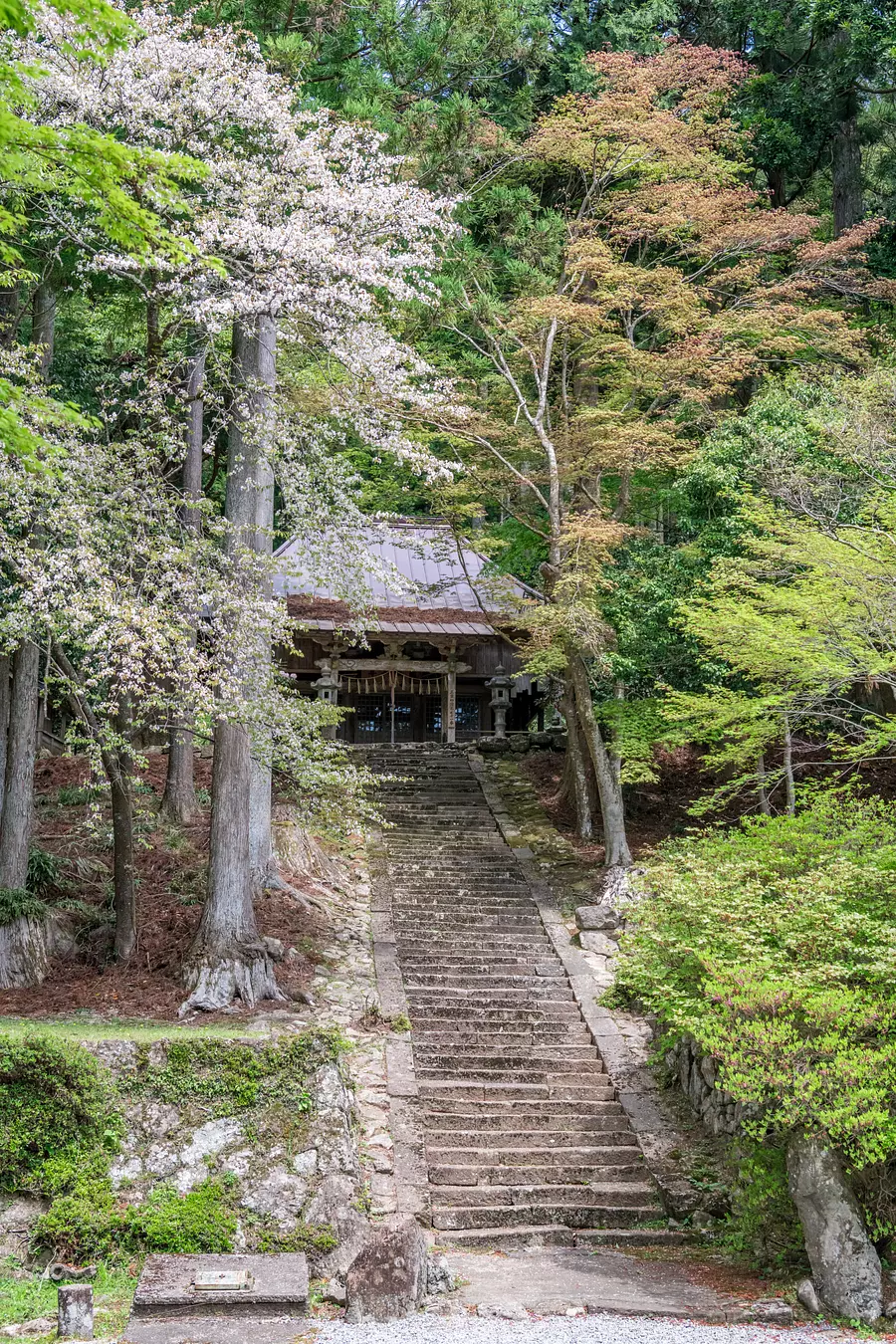
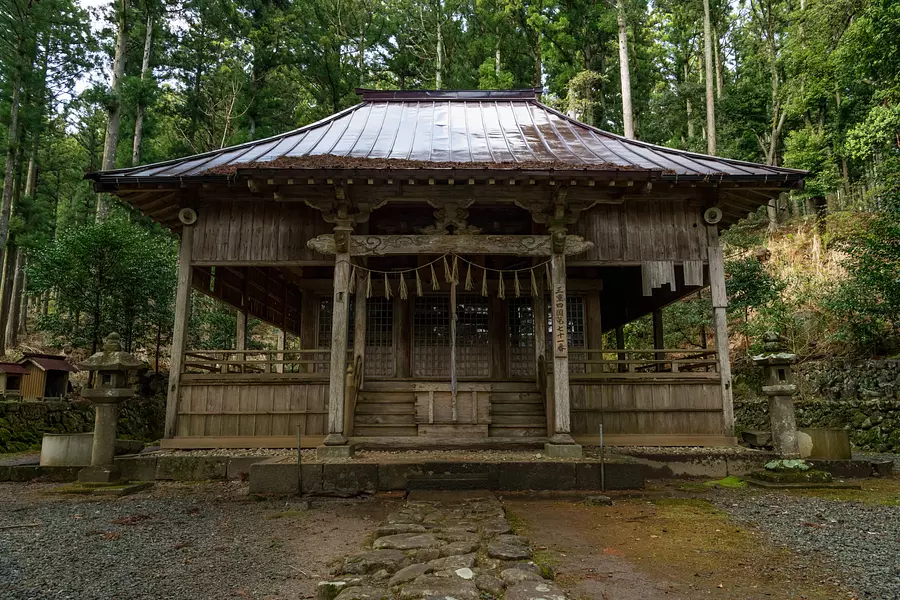
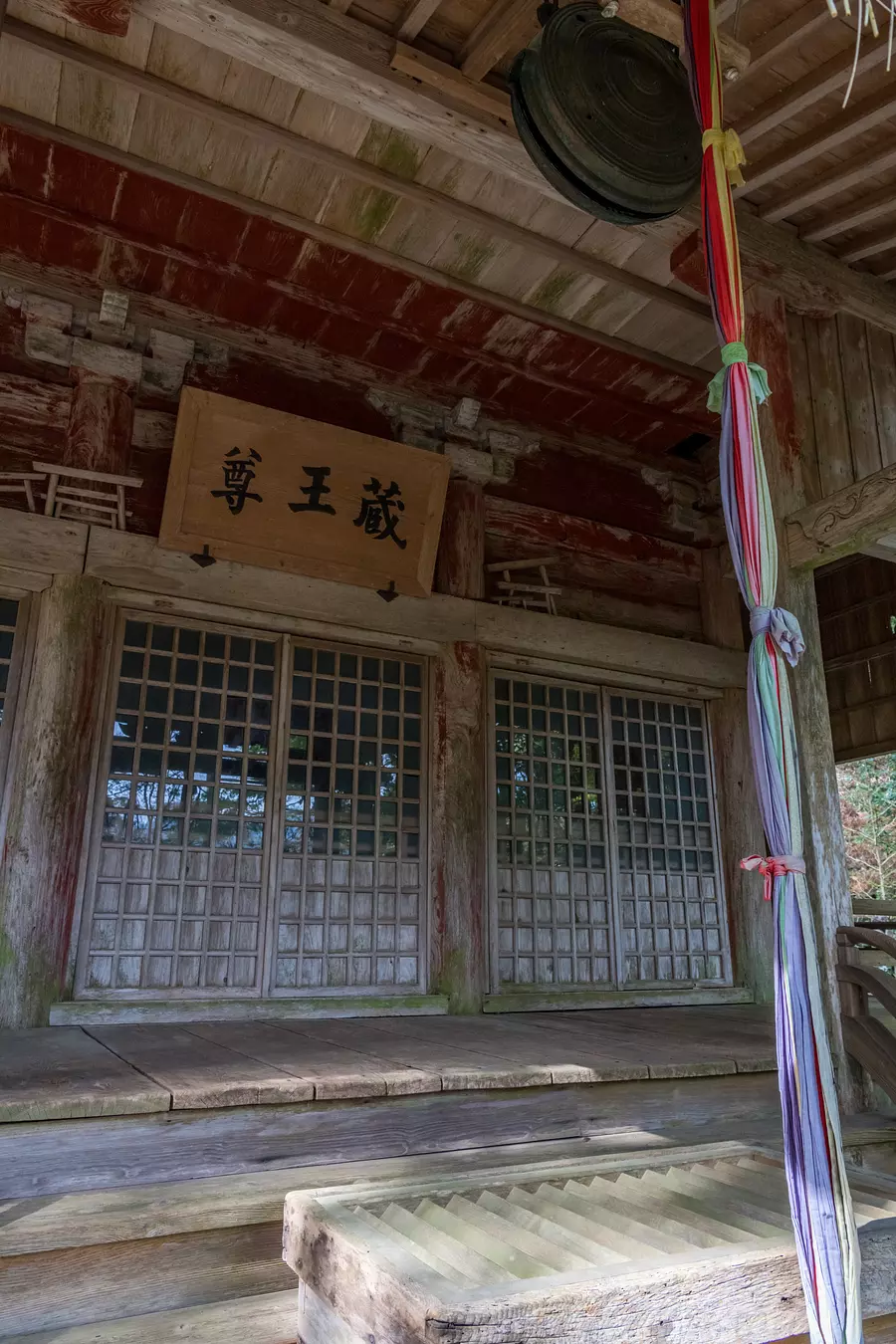
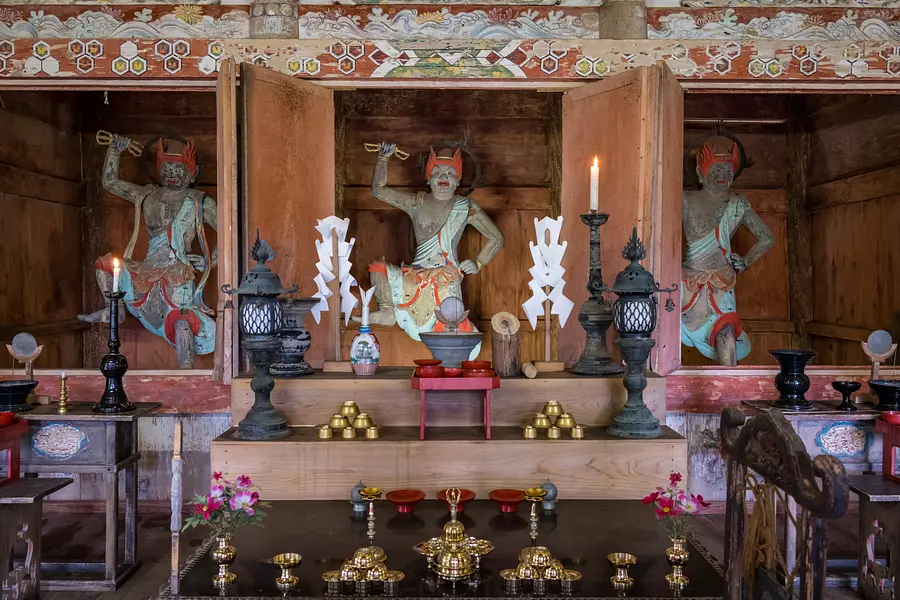
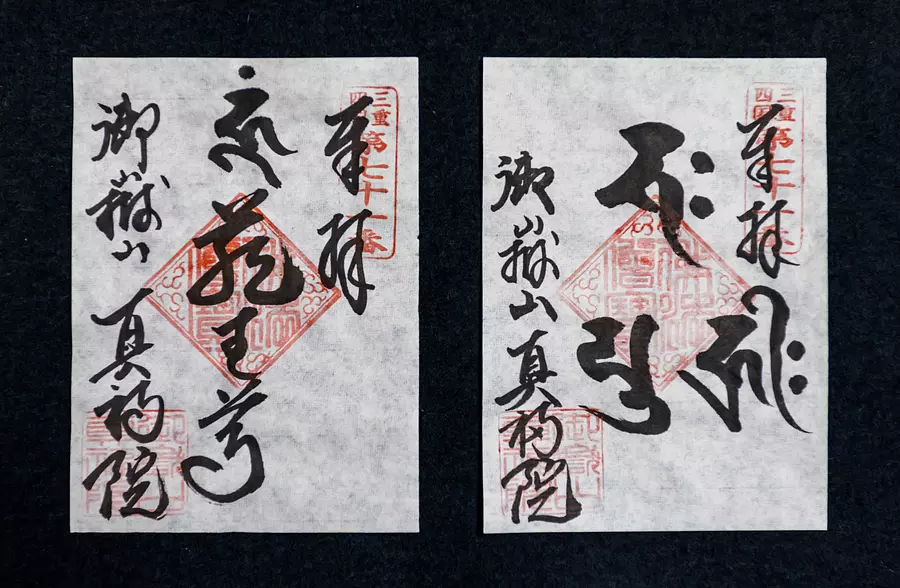
The goshuin has the Sanskrit character representing Zao Gongen, and below it is written ``Zao Son.'' (Photo left)
There is also one that represents the three bodies of Zao Gongen using only Sanskrit characters. (Photo right)
Which red seal you receive depends on the fate of the day. However, if the chief priest is away due to legal matters, or if you have run out of notes, I think it would be a good idea to visit the temple on another day, or contact us using the "Click here to contact the temple" link below. Masu.
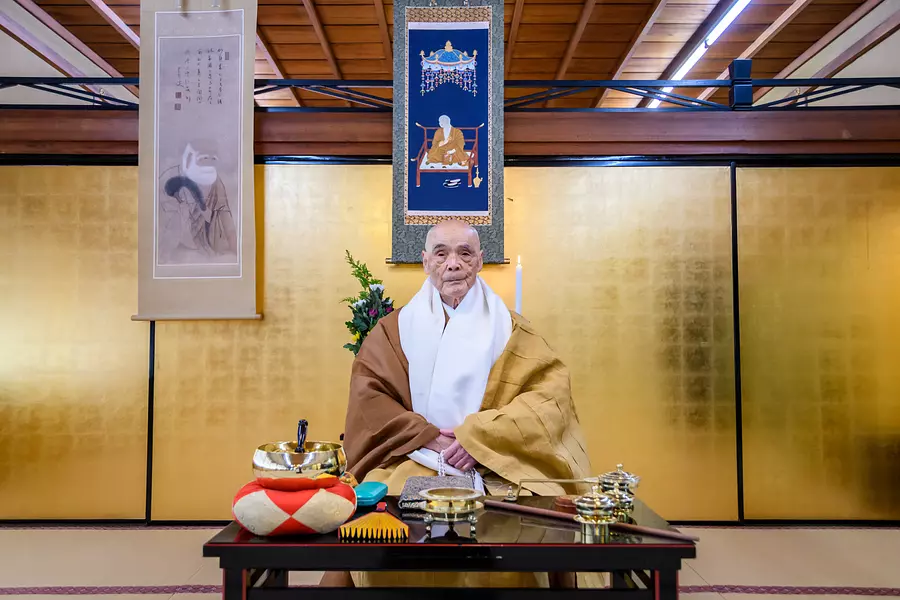
The previous chief priest of Shinpukuin, Shunsho Matsumoto, was the orthodox successor of the Sanskrit character Jiun-ryu Bonji Shittan, which was passed down from Kobo Daishi, and during his lifetime he lived at Toji Temple in Kyoto. He has trained over 300 disciples. Currently, one of his disciples, Reverend Mitsuei Kato, has carried on his will and become the chief priest, and the temple is being rebuilt as a ``Sanskrit temple.'' Please stop by if you are nearby!
Click here to contact the temple
It's not only the cherry blossoms that are famous!
We will also introduce some spectacular scenic spots around Misugi Town and how to take photos.
Kimigano Dam
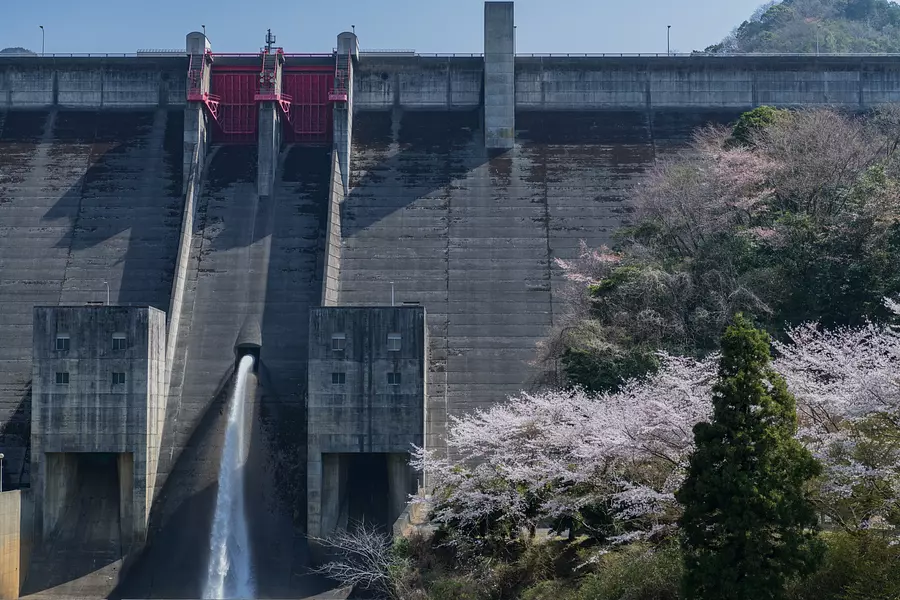
Am I the only monk who gets excited about huge structures like dams? (lol)
Normally, I would like to use a wide-angle lens to capture as much of the panoramic view as possible.
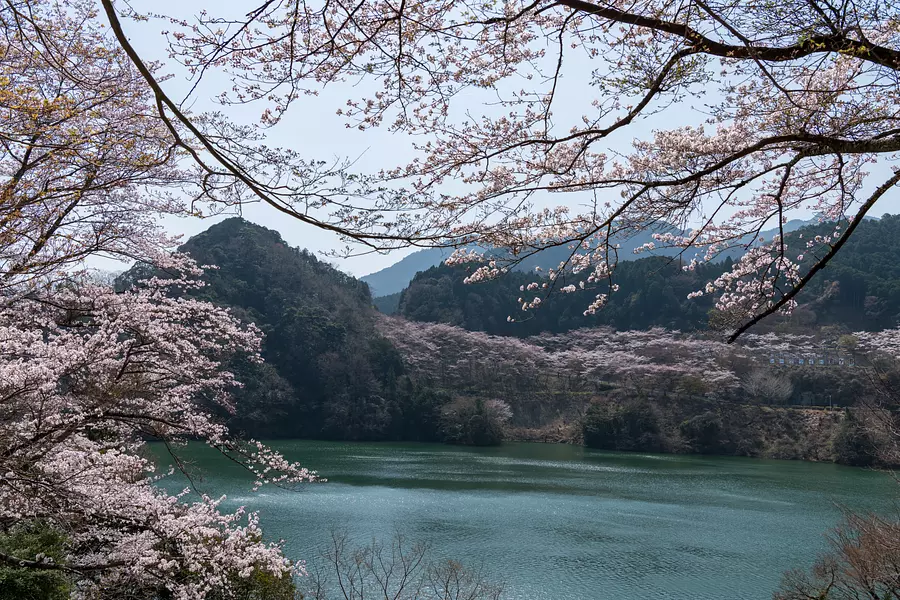
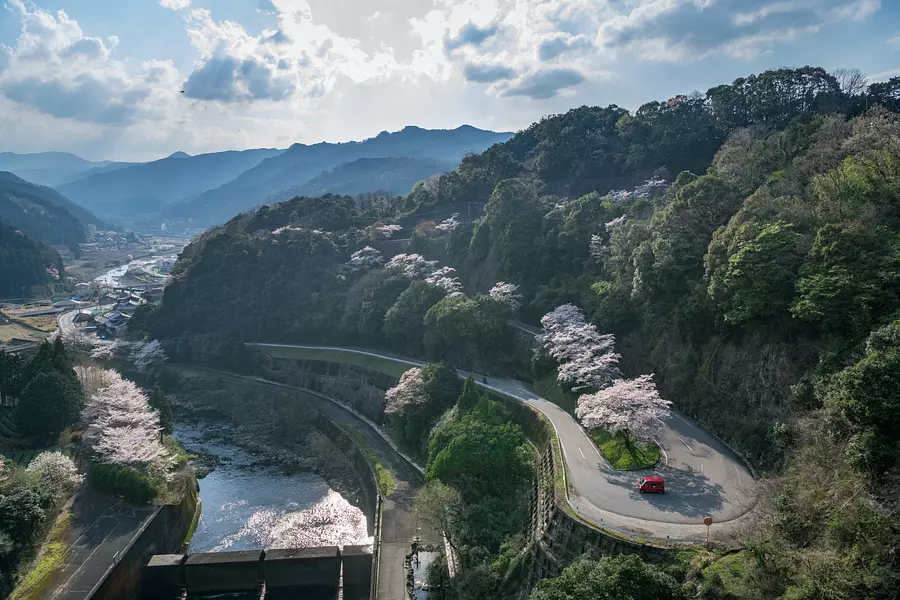
I also used the bright red post office car as an accent!
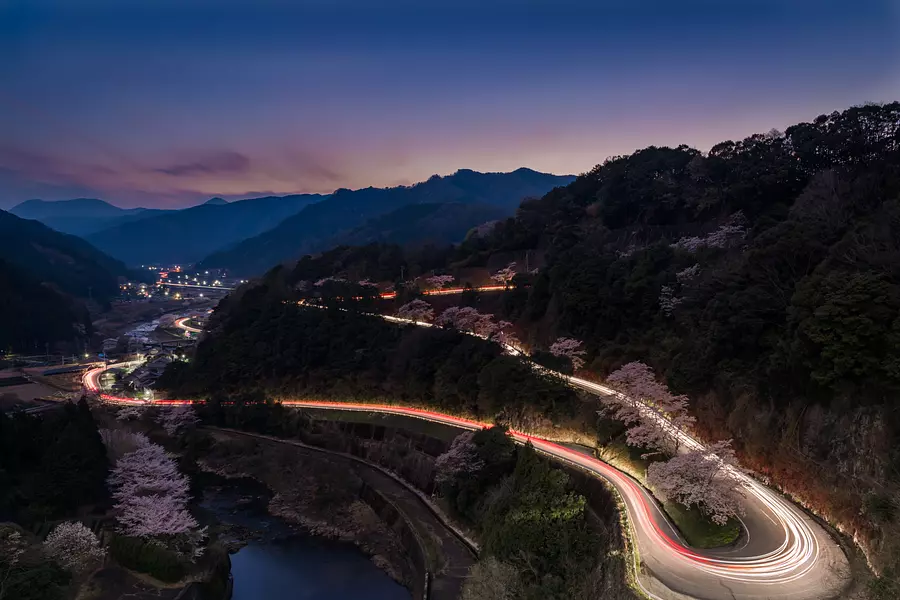
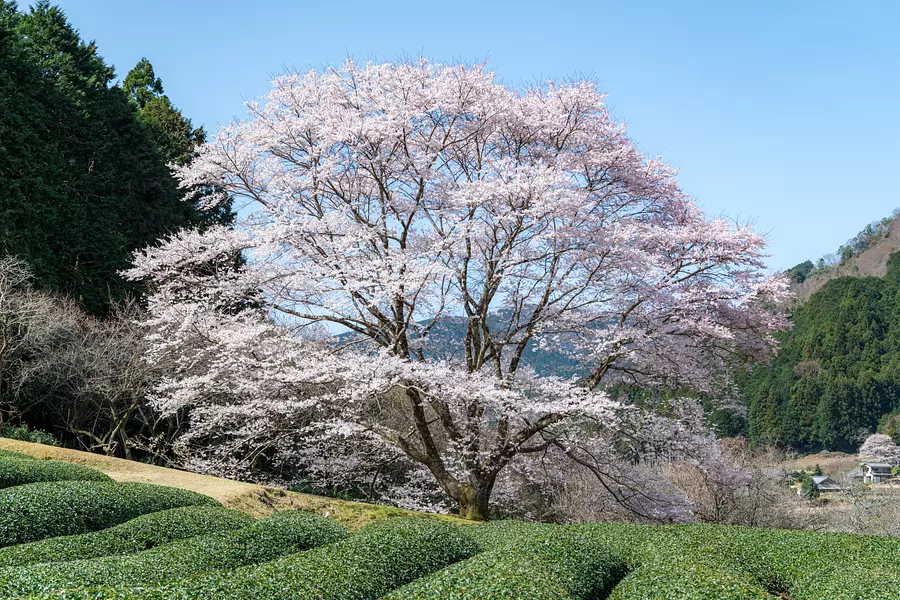
It is located on the premises of Yokoya Seicha. The cherry blossom color stands out among the greenery of the tea plantation!
This place is also open to the public as a courtesy. Please be careful of the rules and etiquette so as not to cause any inconvenience to the owner!
↓↓It continues! Please go to the next page! ↓↓
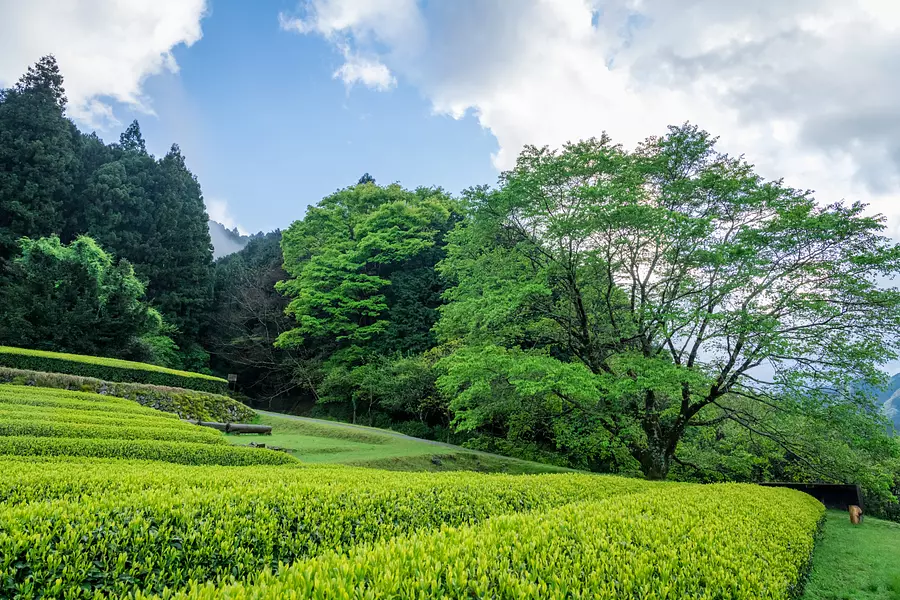
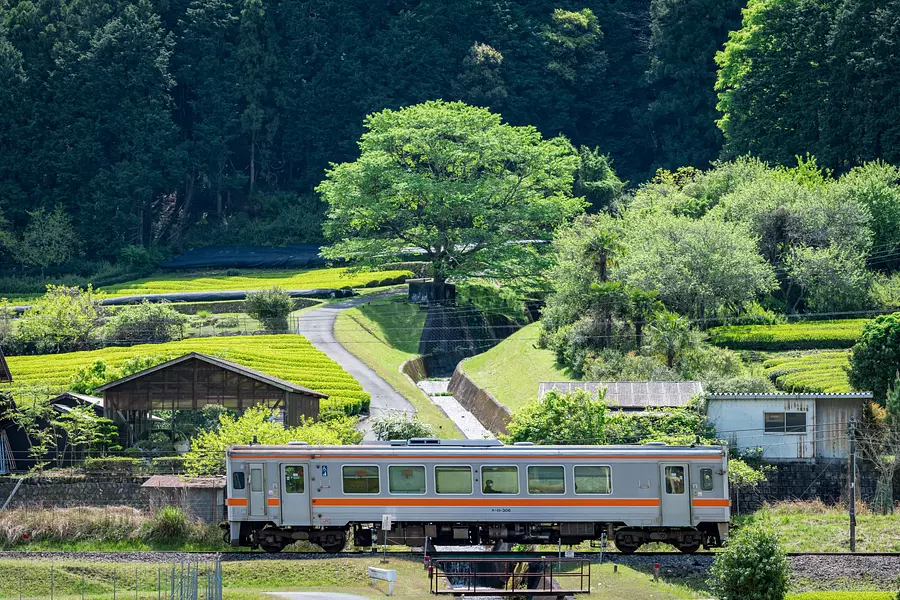
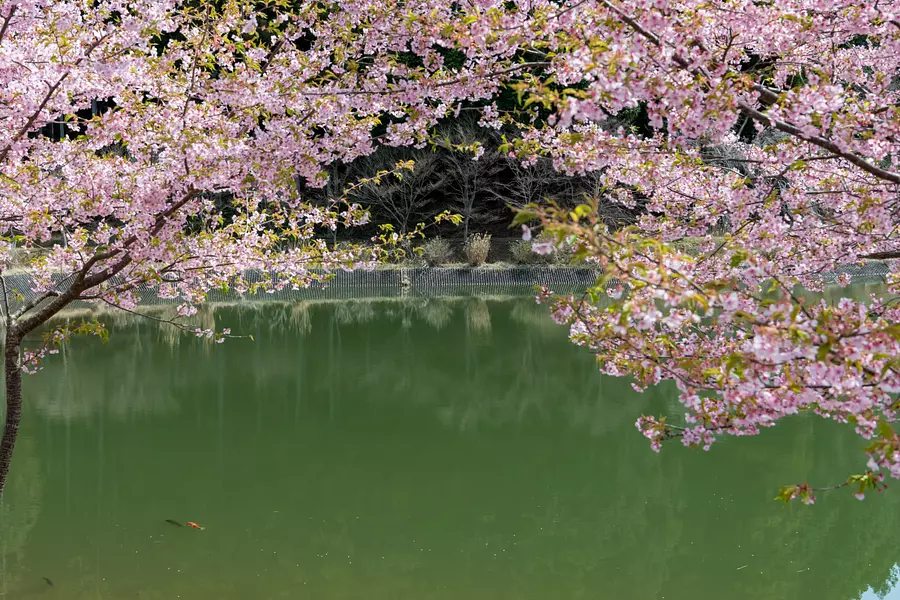
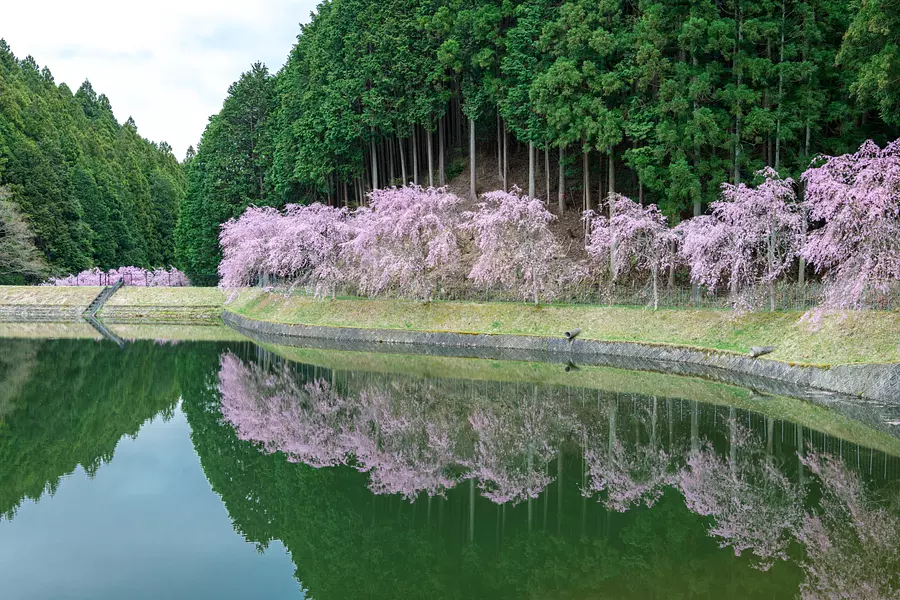
There are rows of weeping cherry trees on the back side. The water surface here seems to be calm most of the time, so I think it's relatively easy to take reflection photos.
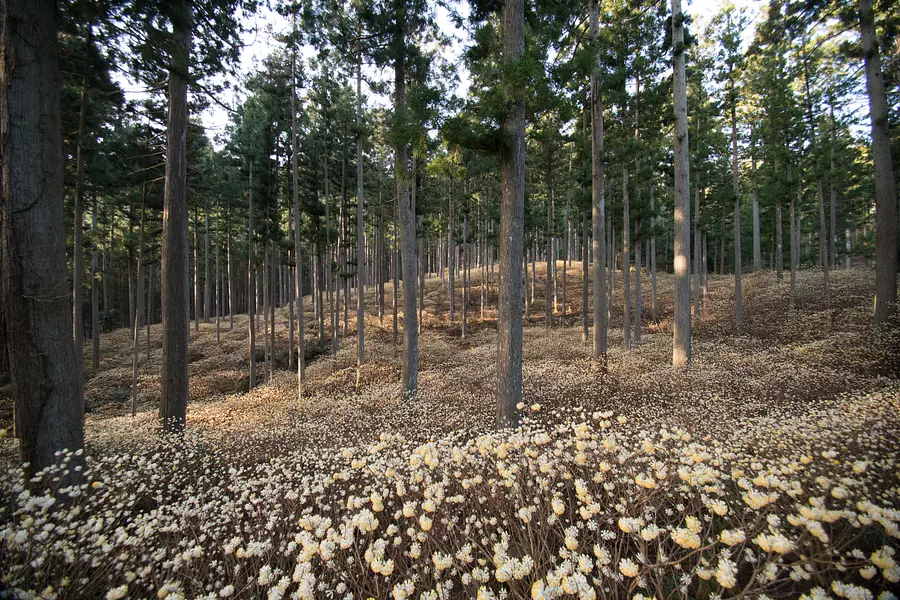
It's quite a walk from the parking lot, but as you get closer, the sweet scent gets stronger and gives you energy!
At this time, I forgot the quick shoe on the tripod, and the tripod became just a piece of luggage. (lol)
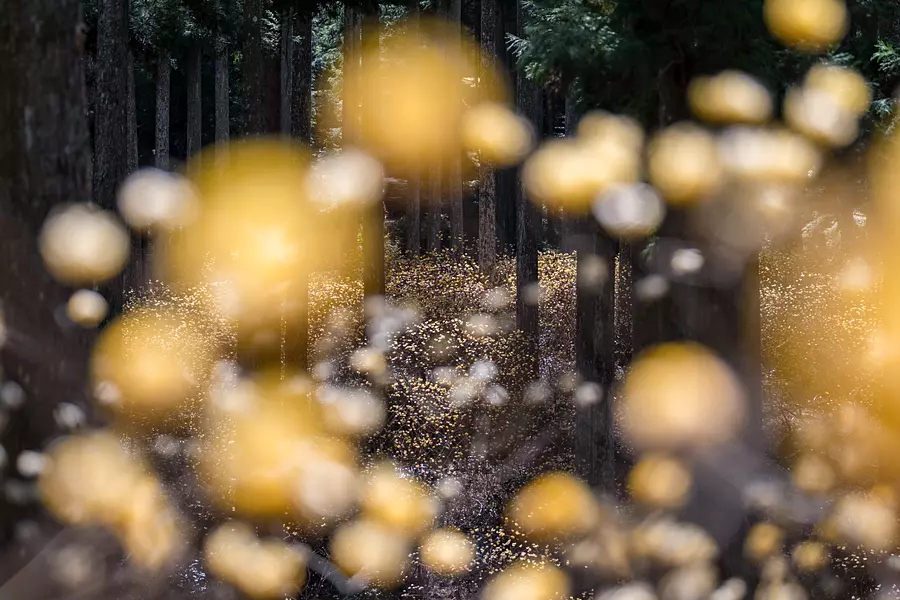
The proportion of blurring is a matter of taste! (laughs) Please try different things.
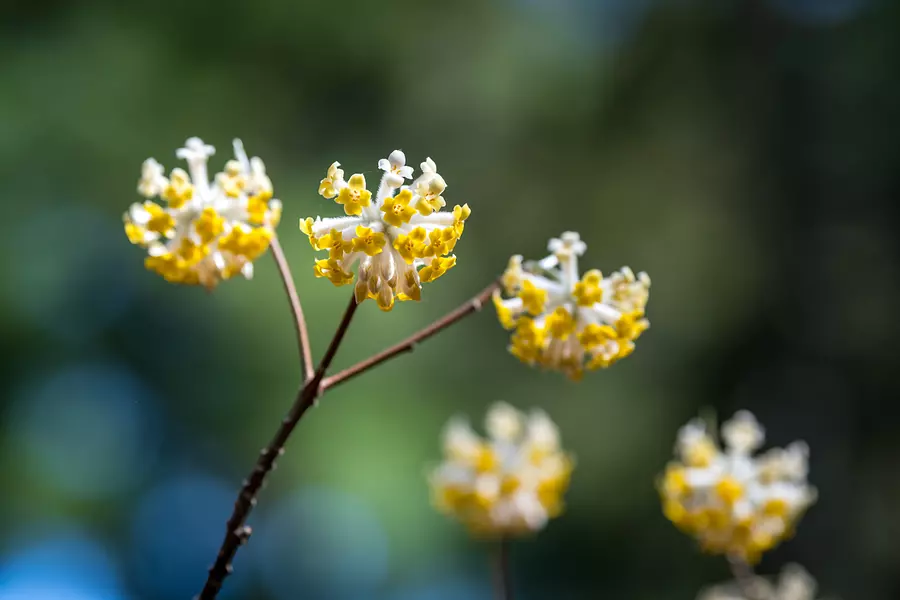
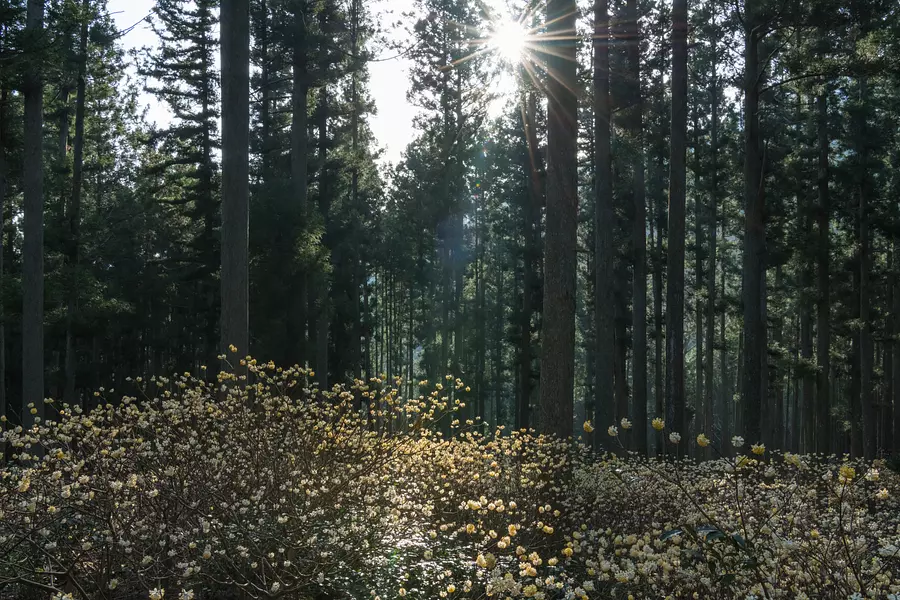
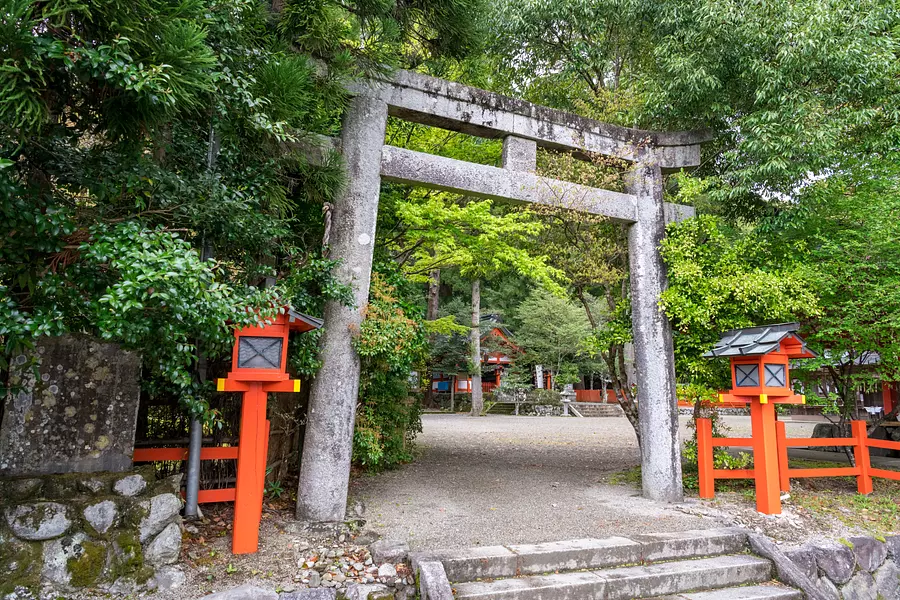
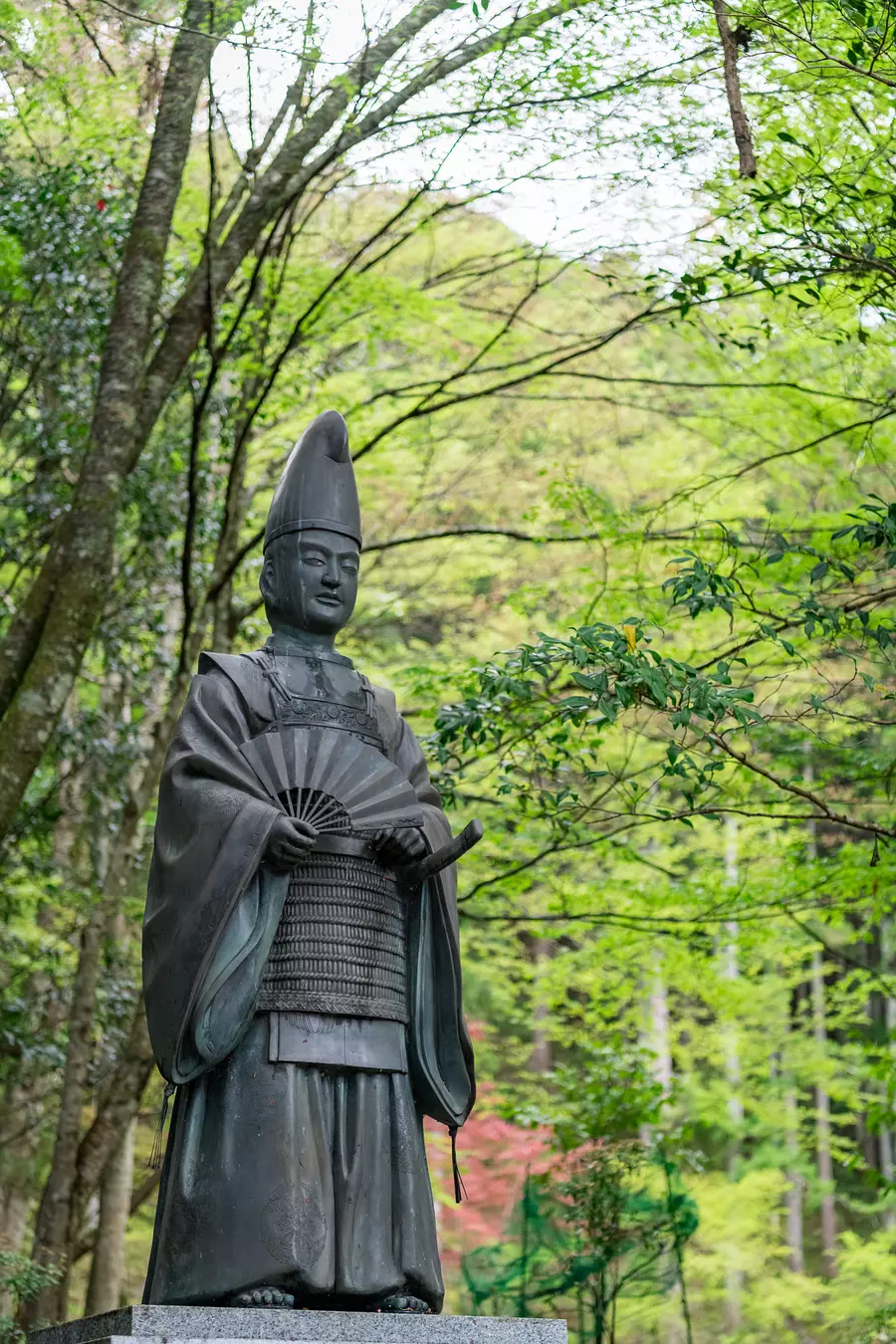
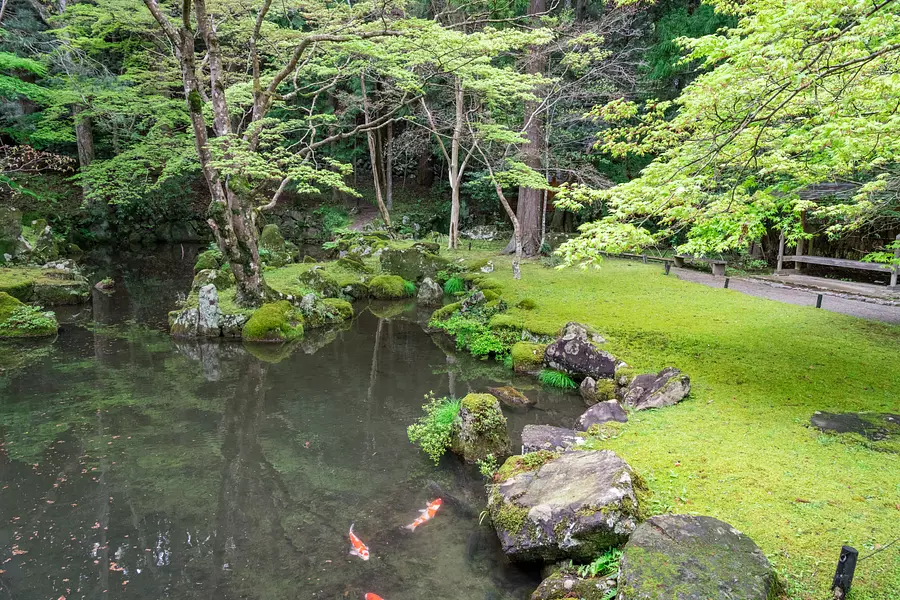
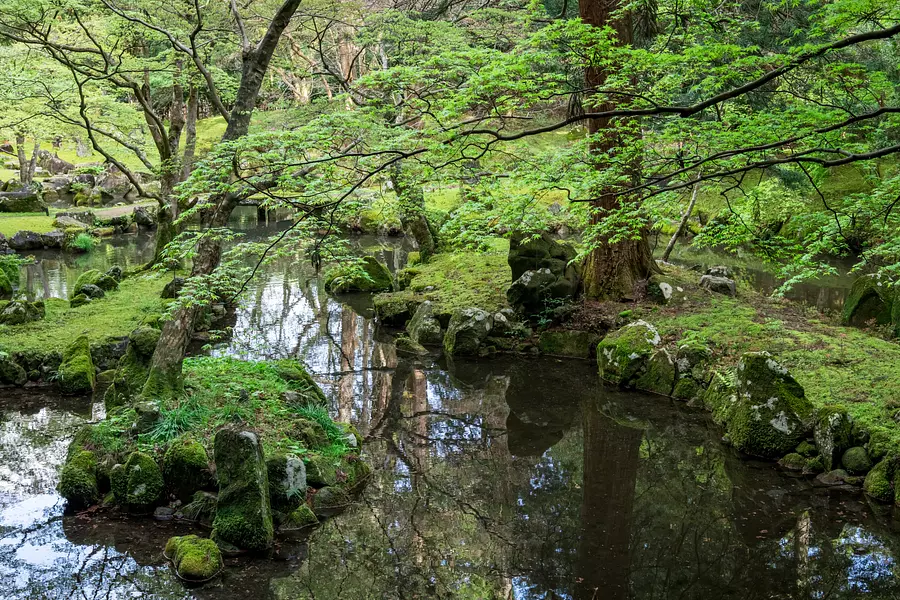
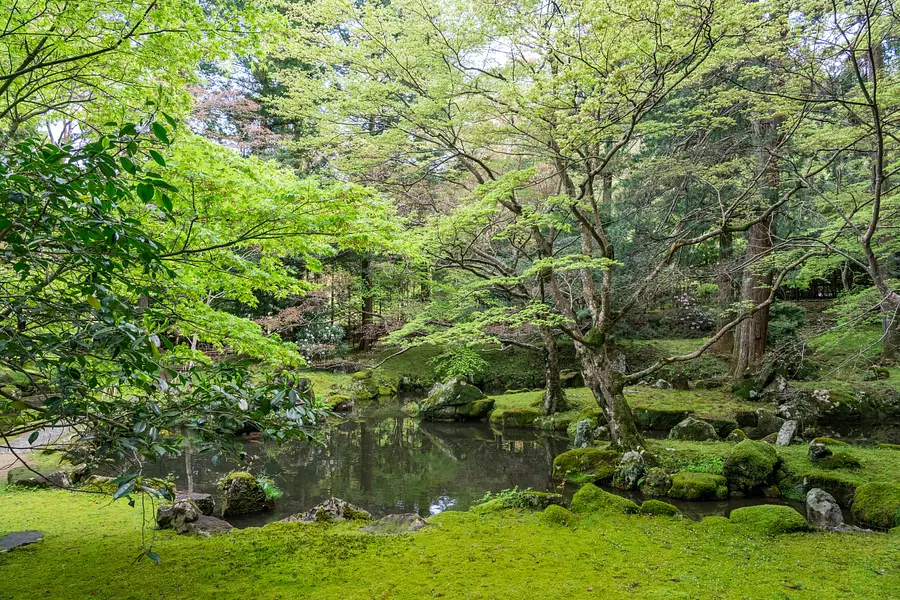
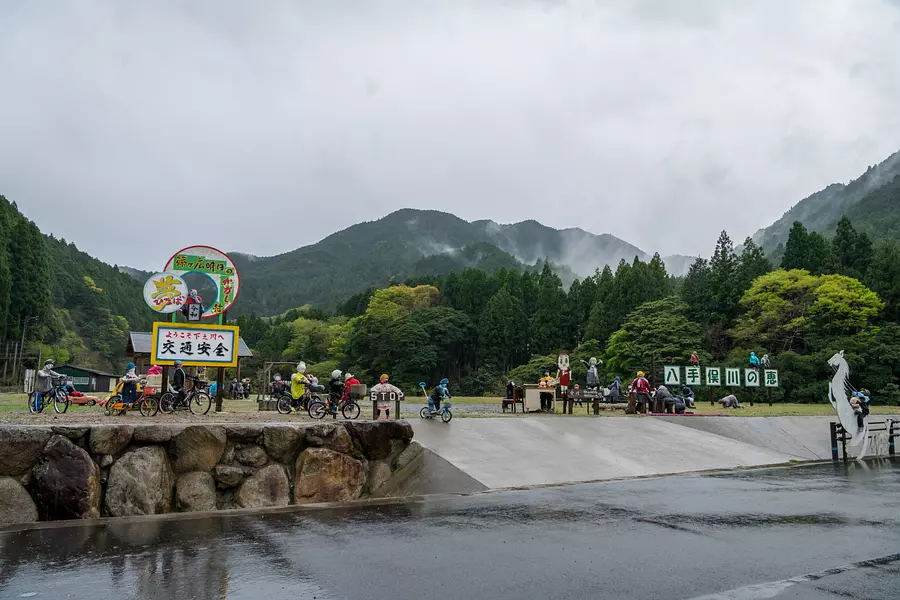
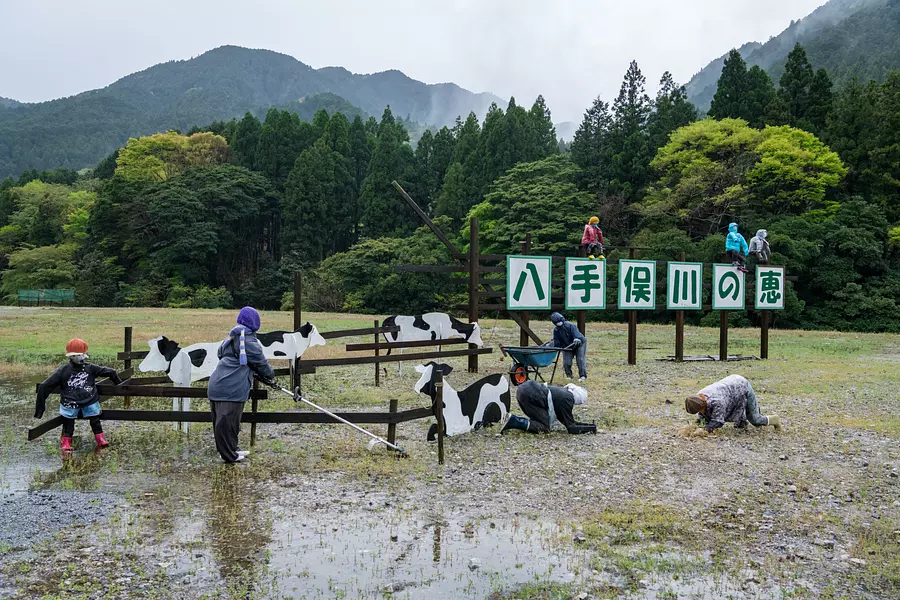
This time I introduced spots around Misugi, but I think you can visit them all in one day. The scenery during the journey was relaxing, and I could see wisteria flowers everywhere. There seem to be 12 hiking courses as part of Misugi Therapy. No matter how many times you visit, you'll be able to enjoy the scenery throughout the four seasons.
However, no matter what, the cherry blossoms ended up being the center of attention... (Sweat)
From now on, I would like to work hard and do my best to introduce you to many other good places!
Thank you for reading until the end.

